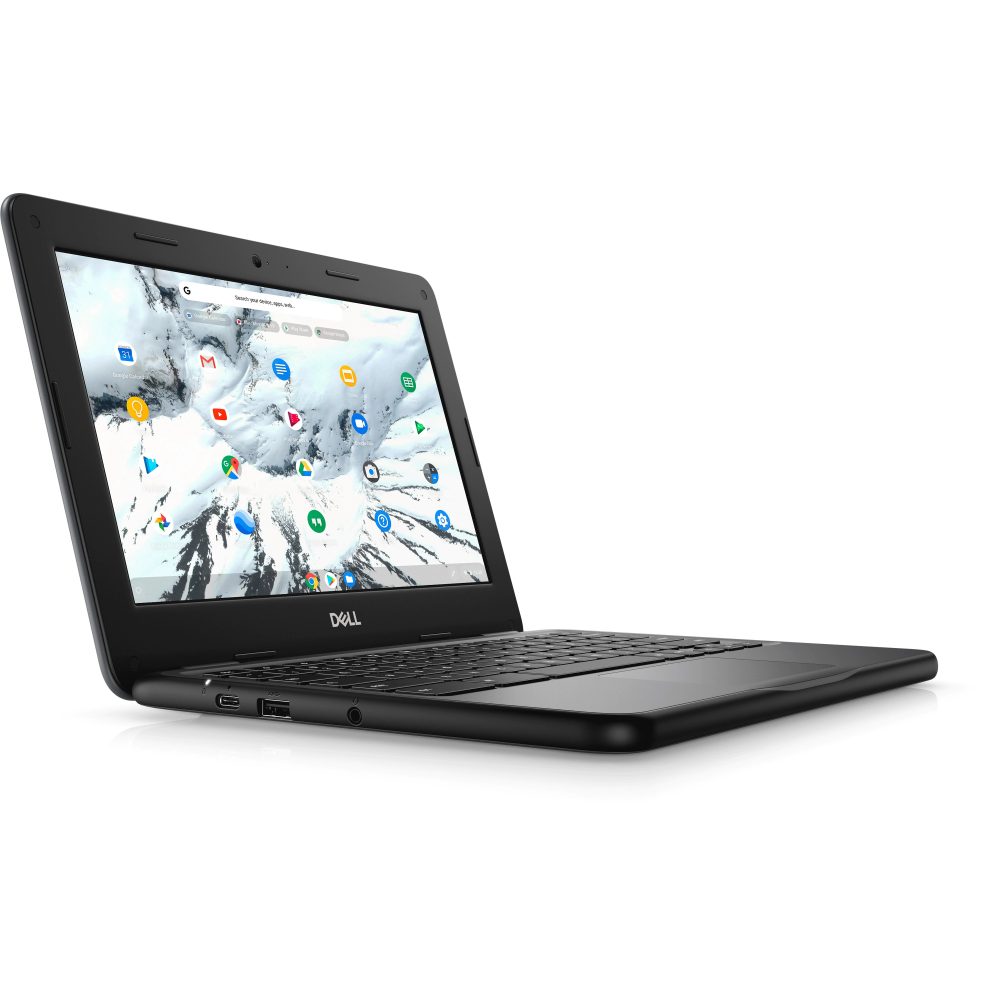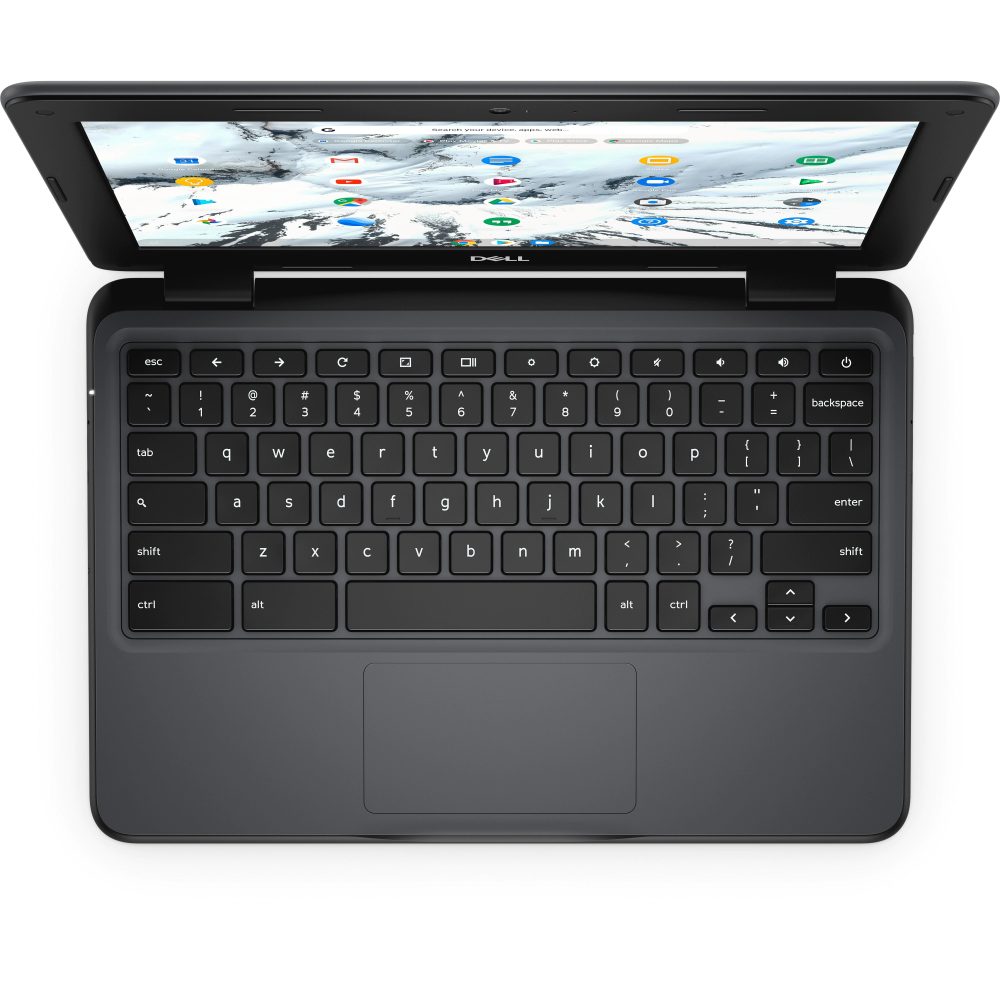
Dell has refreshed the popular Chromebook 3100 lineup to add LTE connectivity, making the entry-level devices a solid option for at-home learning or learning on the go.
Given that a solid Wi-Fi connection isn’t always something everyone has direct access to and Chromebooks can be deployed within school districts with relative ease, this refresh is actually one that makes a lot of sense. Many schools around the globe have switched almost entirely to at-home learning, meaning that an LTE-connected Dell Chromebook 3100 would solve any lingering issues of students not having access to materials and classes.
There are no other major hardware improvements on the Chromebook 3100 beyond this added connectivity. It’s modest in almost every way with an 11.6-inch display that has a pretty low 1366 x 768-pixel panel and room for an embedded webcam. The internals are pretty basic with an Intel Celeron N4020 dual-core CPU, 4GB of RAM, and options for 16GB or 32GB of eMMC storage.
Durability should be assured as the Dell Chromebook 3100 LTE is almost entirely plastic, with a spill-resistant keyboard — something that might be an issue with younger children. The battery life is far more impressive thanks to Chrome OS and is rated for around 14 hours on a full charge. There is a 65W USB-C charge brick included to help top up in superquick fashion as we imagine using pure LTE connectivity might prove taxing on the 42Whr cell.
Naturally, there is a 3.5mm headphone port, with only one USB-C port offered on this updated model. That’s disappointing given the Wi-Fi model can be configured with dual USB-C ports.
Pricing and availability are not yet known, but the non-LTE Chromebook 3100 is priced at $269 on Dell’s site in the US. Adding LTE connectivity is likely to bump that price a little to the $300-$400 range.
- Chrome OS login screen getting minor Google Material Theme tweak
- Chrome OS 87 rolling out w/ Tab Search, Bluetooth device battery levels, new wallpaper, more
- Google Play Services preps to sync Wi-Fi passwords between Android and Chrome OS
Author: Damien Wilde
Source: 9TO5Google








